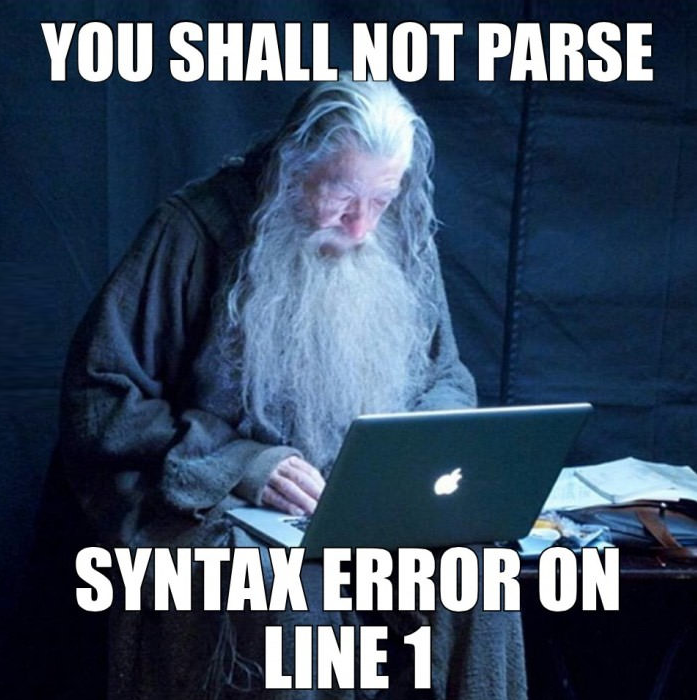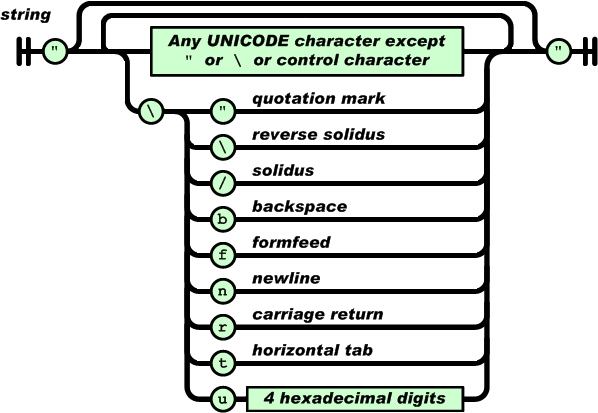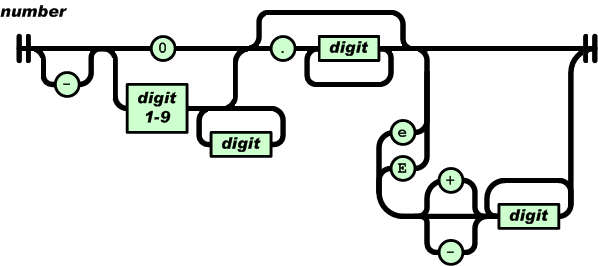Latest news about Bitcoin and all cryptocurrencies. Your daily crypto news habit.
 Gandalf should have used arcsecond
Gandalf should have used arcsecond
I recently starting making a serious attempt at learning Haskell (anyone who has tried before will probably sympathise that it usually takes a couple of tries to crack it). Amongst the many cool things Haskell has to offer is an amazing parsing library that comes with the standard set of packages called Parsec, which lets you describe how to parse complex grammars in what essentially looks like natural language.
Here is how a CSV parser is implemented using Parsec. Don’t worry if you don’t understand all the syntax, the point is that the whole parser is specified in just four lines.
This post is not about Haskell however, but rather a library I wrote called arcsecond which is based on Parsec, with the goal of bringing that same expressivity to JavaScript.
Parser combinators
arcsecond is a parser combinator library, in which complex parsers can be built by composing simple parsers. The simplest parsers just match specific strings or characters:
These can then be combined together with the combinators in the library.
Then the new parsers can be used with text:
Combinators
The combinators are where it gets cool. In arcsecond a combinator is a higher order parser, which takes one or more parsers as its input and gives back a new parser that combines those in some way. If you’ve used higher order components in react like connect, withRouter, or withStyles, then you’re already familiar with the idea.
As shown above, sequenceOf is a combinator that will parse text using each of the parsers in order, collecting their results into an array.
choice, on the other hand, will try each of its parsers in order and use the first one that matches. The library contains more, like many, which takes a parser as an argument and matches as much as it can using that parser, collecting up the results in an array:
You can use sepBy to create a parser that matches items separated by something matched by another parser.
between will let you match items that occur between two other parsers.
Curried Functions
arcsecond makes use of curried functions. If you don’t know what a curried function is, give my article “Making Functional Programming Click” a read. If you really can’t be bothered right now, open that in another tab and read this executive summary.
A curried function is one that, if it takes more than one argument, it instead returns a new function that takes the next argument. It’s easier to see with some code:
As you can see above, curriedAdd is first called with 1. Since it then returns a function, we can go ahead and call that with 2, which finally returns the actual result.
We can use curriedAdd to create a new function by calling it with just one argument and then assigning the result to a variable. As a language, JavaScript treats functions as a first class citizen, meaning they can be passed around and assigned to variables.
This principle lies at the heart of arcsecond, and every function in the library is defined this way. sepBy take two parsers — first a separator parser, and second a value parser. Because it is curried, it is easy to create a more specific combinator like commaSeparated by only supplying the first argument.
If you’re not used to it, it will probably seem strange. But a good lesson to learn as a software developer is not to have knee-jerk bad reactions to things that you don’t immediately understand. There is usually a reason, and you’ll find a lot more value by discovering that reason rather than dismissing it.
Error Handling
If you try to parse a string which is not correctly formatted you would expect to get some kind of error message. arcsecond uses a special data type called an Either, which is either a value or an error. It’s like a Promise, which can be either Rejected or Resolved, but without the implication of being asynchronous. In an Either however, the “resolved” type is called a Right, and the “rejected” type is called a Left.
The return type of parse is an Either. You can get at the value or error like this:
However this might not fit well into your codebase if you don’t have more functional code. For that reason there are two other options. The first is to convert the Either into a Promise:
Or you can use toValue, which must be wrapped in a try/catch block:
Something more complex: JSON
Let’s put arcsecond through its paces by using it to create a parser for JSON.
Click here to skip ahead and see the full JSON parser in one file
Values
JSON only has 7 possible values:
- String
- Number
- true
- false
- null
- Array
- Object
So to write a JSON parser, we just need to write parsers for all these values.
Types
In order for our parser to be useful we need to be able to identify what we’ve parsed, and the best way to do that is to put the results into a data type, which will provide a common interface for us to interact with the JSON tree. Every type has a type name, a value, and a toString function to pretty print the structure.
With our types in hand let’s start with the absolute simplest of parsers: true, false and null. These are just literal strings:
The parsers in arcsecond have a map method — just like arrays —which allows you to transform the value the parser matched. With map we can put the values matched into the data types defined above.
Numbers are a bit more complex. The JSON specification has this railroad diagram showing how a number can be parsed:
The forks in the railroads show optionality, so the simplest number that can be matched is just 0.
Basically a numbers like:
- 1
- -0.2
- 3.42e2
- -0.4352E-235
Are all valid in JSON, while something like 03.46 is not, because no path in the railroad would allow for that.
If you take the time to read through the numberParser, you’ll see it lines up pretty much 1:1 with the diagram above.
Let’s try strings next. A string is anything between double quotes, but it can also contain escaped quotes.
The anythingExcept parser comes in very handy here, and is especially expressive when compared with the image on the JSON spec website.
 Credit: https://json.org
Credit: https://json.org
That only leaves Array and Object, which can both be pitfalls because they are basically just containers of jsonValue. To illustrate how this might go wrong, we can write the Array parser the “wrong” way first and then see how to address it.
We can use the whitespace parser — which matches zero or more whitespace characters — to ensure the the array brackets and comma operator allow for any (optional) whitespace that might be there.
Because arrayParser is defined in terms of jsonParser, and jsonParser is defined in terms of arrayParser, we run into a ReferenceError. If we moved the definition of arrayParser below jsonParser, we’d still have the same problem. We can fix this by wrapping the jsonParser in a special parser, aptly named recursiveParser. The argument to recursiveParser is a thunk, which will allow us to reference variables that are not yet in scope.
Implementing the arrayParser is actually quite trivial — as simple as JSON values, separated by commas, in square brackets.
Object is only marginally more complex. The values in an object are pairs of strings some other JSON value, with a colon as a separator.
And that’s it. The jsonValue can be used to parse a JSON document in it’s entirety. The full parser can be found here as a gist.
Bonus Parser: CSV
Since I opened up with a CSV parser in Haskell, let’s see how that would look in arcsecond. I’ll keep it minimal and forgo creating data types to hold the values, and some extra strengthening that the Parsec version also doesn’t have.
The result should be an array of arrays — the outer array holds “lines” and the inner arrays contain the elements of the line.
Conclusion
There are quite a few key features of arcsecond that didn’t get a mention in this article, including the fact it can parse context sensitive languages, and the parsing model is based on a Fantasy Land -compliant Monad. My main goal with this project was to bring the same level of expressivity that Parsec has to JavaScript, and I hope I’ve been able to do that.
Please check out the project on github along with all the API docs and examples, and think of arcsecond the next time you find yourself writing an incomprehensible spaghetti regex — you might be using the wrong tool for the job! You can install the latest version with:
npm i arcsecond
Hit me up on twitter @fstokesman, and give this article a 👏 if you found it interesting! I might write a follow up on how arcsecond works internally, so stay tuned for that.
Arcsecond: Parsing in JavaScript made easy was originally published in Hacker Noon on Medium, where people are continuing the conversation by highlighting and responding to this story.
Disclaimer
The views and opinions expressed in this article are solely those of the authors and do not reflect the views of Bitcoin Insider. Every investment and trading move involves risk - this is especially true for cryptocurrencies given their volatility. We strongly advise our readers to conduct their own research when making a decision.
